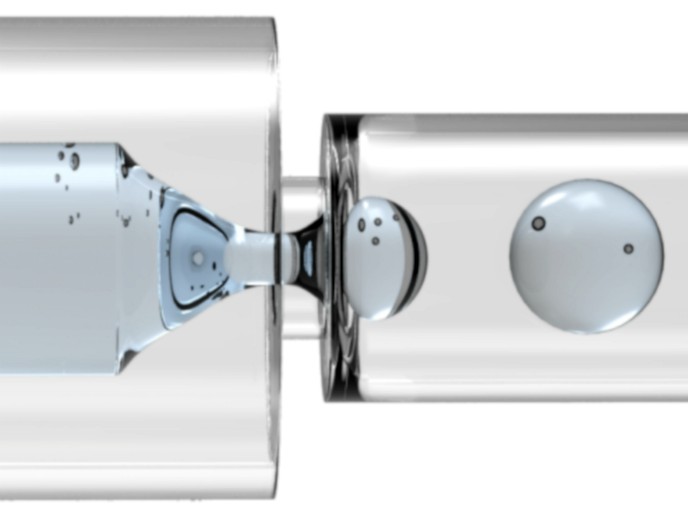Aerospace: the best of east and west
A formidable nation with a robust aerospace industry, China has much to offer to the EU in terms of knowledge exchange and joint ventures. The EU-funded AEROCHINA2 project has achieved commendable progress in furthering the cooperation between industry, university and research organisations in the aeronautics sector for both Europe and China. Collaboration focused on the fields of multi-physics modelling, i.e. the study of multiple simultaneous physical phenomena. They also focused on computer simulation and software code validation, as well as experimental testing and design methods for multi-physics challenges within the aeronautics sector. In more specific scientific terms, multi-physics disciplines considered in AEROCHINA2 are aerodynamics, structures/materials, fluid dynamics, aero-acoustics, active flow control and aero-elasticity. Joint progress in addressing the challenges of these complex topics and sciences has helped achieve the program's objectives. To begin with, AEROCHINA2 mapped out mutual research and development interest. It clarified skills and the experiences and capabilities of the Chinese partners in the relevant technological areas of multi-physics analysis and design. The initiative then focused on collaboration in those areas between the European and Chinese partners, ensuring a win-win situation for all sides. Also noteworthy was the preparation of specific research and development activities for joint proposals under the EU's Seventh Framework Programme (FP7). The outcomes and results of the AEROCHINA2 project have been disseminated via the web-based AEROCHINA2 communication system and through several workshops. The multi-physics workshops were held in different locations such as Nanjing in 2007, Marseilles in 2008, Harbin in 2009 and Brussels also in 2009. Several future plans for joint RTD activities between partners from Europe and China related to the analysis and validation of multidisciplinary problems in aeronautics have emerged in recent years. These correspond to project proposals that have been sent to the different FP7 calls. Among these calls are the greener aeronautics international networking (GRAIN) and manipulation of reynolds stress for separation control and drag reduction (MARS). Another important call is titled numerical and experimental investigation of innovative control technologies to reduce aircraft noise production (Nextep). In conclusion, the AEROCHINA2 work groups have many ambitious projects mapped out for the future, which will further the aerospace industry like never before. Technological advancements, team expertise, cutting-edge research and quality standards from both regions of the world are converging to create a superior aerospace industry.







